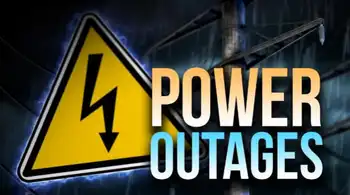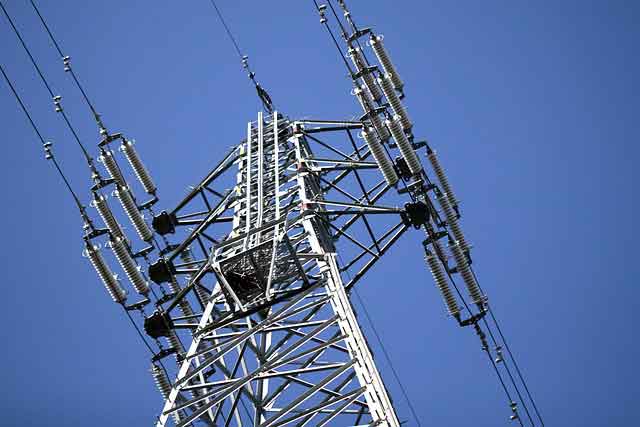Legal wrangling doesn't help fish, or utility ratepayers
That agreement, referred to as the BiOp — Biological Opinion — would end decades of legal wrangling and implement a plan that was carefully constructed after three years of research and negotiations among all the parties. It includes progress "check-ins" in 2013 and 2016 and contingency actions if expected fish benefits don't materialize.
Now the BiOp is sitting in a federal courtroom where a single judge controls its fate. It is not cheap, but the price tag could go significantly higher if it is tossed out.
Over the years, Pacific Northwest electric ratepayers have paid billions in higher electric bills to fund salmon recovery plans and litigation. The best estimates are that families, businesses, hospitals, schools and industries pay 20 percent more for power because of salmon recovery.
The BiOp commits another $10 billion over a decade to implement the agreement, yet that doesn't seem to satisfy those who want to tear out the lower Snake River dams, draw down reservoirs on the Columbia and keep litigating.
Continuing the litigation may be an economic stimulus gift to attorneys and may help environmental activists raise millions in donations, but is it good for fish and the people who depend on the two rivers for their livelihoods?
The answer is no. The current BiOp is the closest we will get to a cooperative strategy to improve salmon runs.
In reality, salmon numbers have increased recently, rather than decreased. The Northwest experienced higher returns of Chinook salmon in 2001 and 2003 than before the Bonneville Dam was built in 1938.
Last year saw near record returns of fish for several species, including sockeye runs which were the highest in 50 years. Scientists predict 300,000 spring Chinook will return this year (the third-highest return since 1977) and 70,000 summer Chinook, well above the 10-year average. Snake River wild fall Chinook returns have approached delisting levels the past few years.
Scientists also point to ocean conditions as the most significant single factor in fish survival. In fact, they have not been able to correlate increased survival of young salmon through the hydro system with higher numbers of returning adults.
Survival is now higher with the eight federal dams than previously seen with only four dams. It is even higher than in undammed rivers such as the Fraser River in British Columbia, Canada.
Removal of the Snake River dams would affect only four of the 13 listed salmon and steelhead stocks at enormous cost and uncertain biological benefits. It would threaten the Northwest's economy, add 4.4 million tons of carbon dioxide each year to the atmosphere, undermine national and regional climate change goals, and hamstring the region's ability to develop more wind power.
Those dams provide enough electricity at peak load times — the period customers need power most — to light Seattle. We're already losing 1,100 megawatts of power — enough for a million homes — because the water is spilled rather than run through turbines. Removing the Snake River dams will further raise electricity costs and significantly increase the possibility of blackouts and power shortages.
So what do people think about removing dams?
According to a recent Davis, Hibbitts & Midghall, Inc. poll of 700 registered voters in Washington, Oregon and Idaho, 88 percent identified hydro as a renewable source of electricity, similar to how they view wind and solar. Moreover, 93 percent believe hydropower is an essential and important use of the Columbia and Snake rivers.
Two-thirds of the voters in the Pacific Northwest oppose breaching dams on the lower Snake River, viewing dam removal as too extreme. Given near record salmon runs, the protections provided by the BiOp and our tough economic times, what purpose does it serve to prolong the legal process and add more costs to people who are struggling just to pay for groceries, electricity and rent?
Related News

Heating and Electricity Costs in Germany Set to Rise
BERLIN - As Germany moves into 2025, the country is facing significant shifts in heating and electricity costs. With a variety of factors influencing energy prices, including geopolitical tensions, government policies, and the ongoing transition to renewable energy sources, consumers and businesses alike are bracing for potential changes in their energy bills. In this article, we will explore how heating and electricity costs are expected to evolve in Germany in the coming year and what that means for households and industries.
Energy Price Trends in Germany
In recent years, energy prices in Germany have experienced notable fluctuations, particularly due to…




